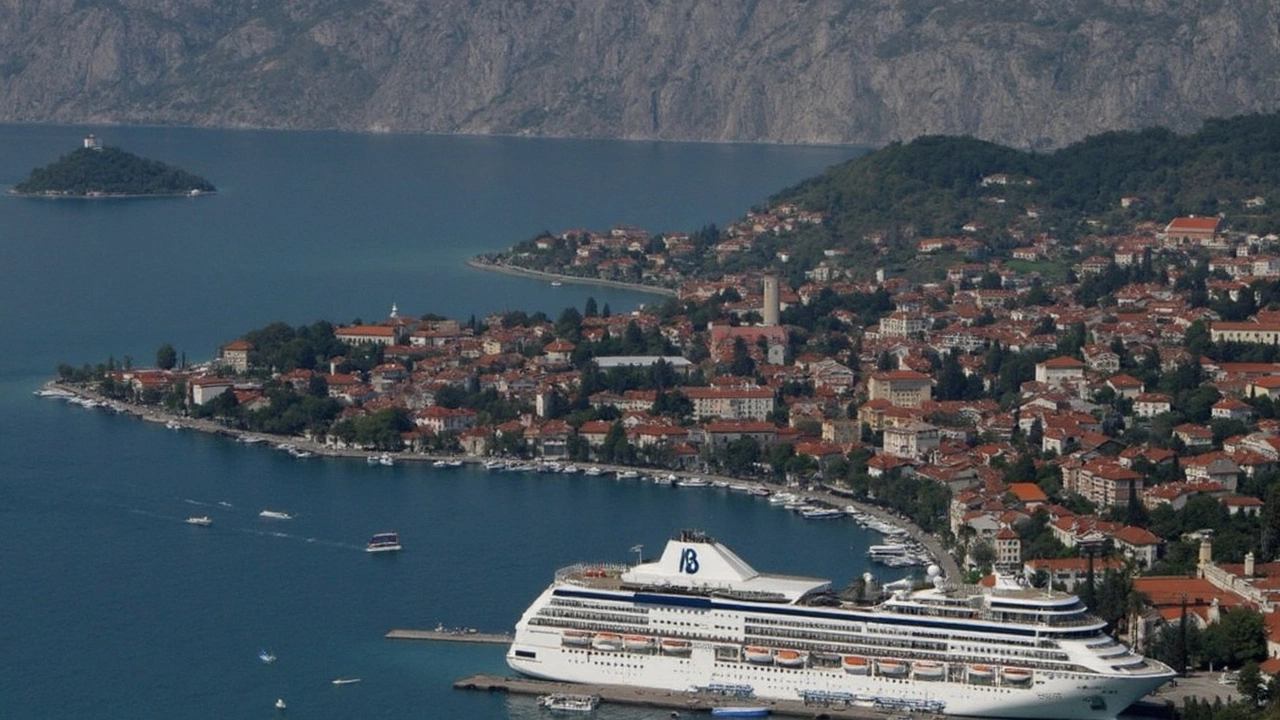Kotor Faces Overwhelming Cruise Tourism
Kotor used to be the kind of place that felt like a well-kept secret. With its postcard-perfect Adriatic bay, medieval walls, and quiet squares, it’s easy to see why filmmakers picked it as a backdrop for Casino Royale back in 2006. But lately, life in this UNESCO World Heritage Site is anything but calm—locals are watching the city transform under the constant buzz of cruise ship tourism.
Every year, Kotor’s harbor gets about 500 cruise ship visits, and on particularly packed days, up to 5,000 tourists pour into the winding lanes—visitors that outnumber one in five of its 23,000 residents. Step into the old town on a summer day, and you’re swept up in a swell of day-trippers, selfie sticks, and tour guides waving flags. For shopkeepers, it can mean a roaring business, but for those trying to go about their daily life in Kotor, the crowds are testing everyone’s patience and resilience.
Montenegro’s economy is tied closely to tourism, generating a full quarter of its GDP. But with this influx comes skyrocketing rents and living costs. Young families increasingly struggle to find affordable places to live, and long-time residents debate whether their city is still meant for them, or just for visitors passing through for a few hours off the ship.
Environmental and Social Strain
Aside from the human crush in the streets, the environmental fallout is now impossible to ignore. The cruise ships anchored off shore pump out emissions nearly equal to 15,000 cars in a single day, giving the narrow Kotor Bay a smoggy haze that wasn’t there a decade ago. Marine biologists like Milica Mandic have rung the alarm bell, pushing for serious studies to figure out exactly how much tourism Kotor’s delicate ecosystem can handle before lasting harm is done.
The town’s infrastructure is also at a breaking point. Sewage and waste systems built for a small port city now face constant stress, roads jam up with tour buses, and even the most popular restaurants struggle to keep up with the midday wave of hungry visitors. Jovan Ristic, who heads the local tourist organization, says it’s time for real change—starting with a hike in the paltry one euro fee cruise travelers currently pay to disembark. He hopes the extra cash could go back into protecting Kotor’s historic heart and supporting the people who live here all year round.
Other tourist magnets across Europe have already had their reckoning. Venice, which has become a poster child for overtourism, now charges day visitors five euros and has started banning the biggest ships. Dubrovnik, just up the coast, won’t let more than 4,000 cruise passengers inside its walls at any one time. Time will tell what sort of lasting measures Montenegro’s government will choose, but the message from Kotor’s locals is getting sharper: something has to give.
Protests across the continent are growing—not just in Montenegro but in Spain, Greece, and Italy—where residents are reclaiming their cities in the face of mass tourism. It’s a moment of reckoning over who gets to enjoy these spectacular corners of the world, and how to protect them before their charm is lost for good.





